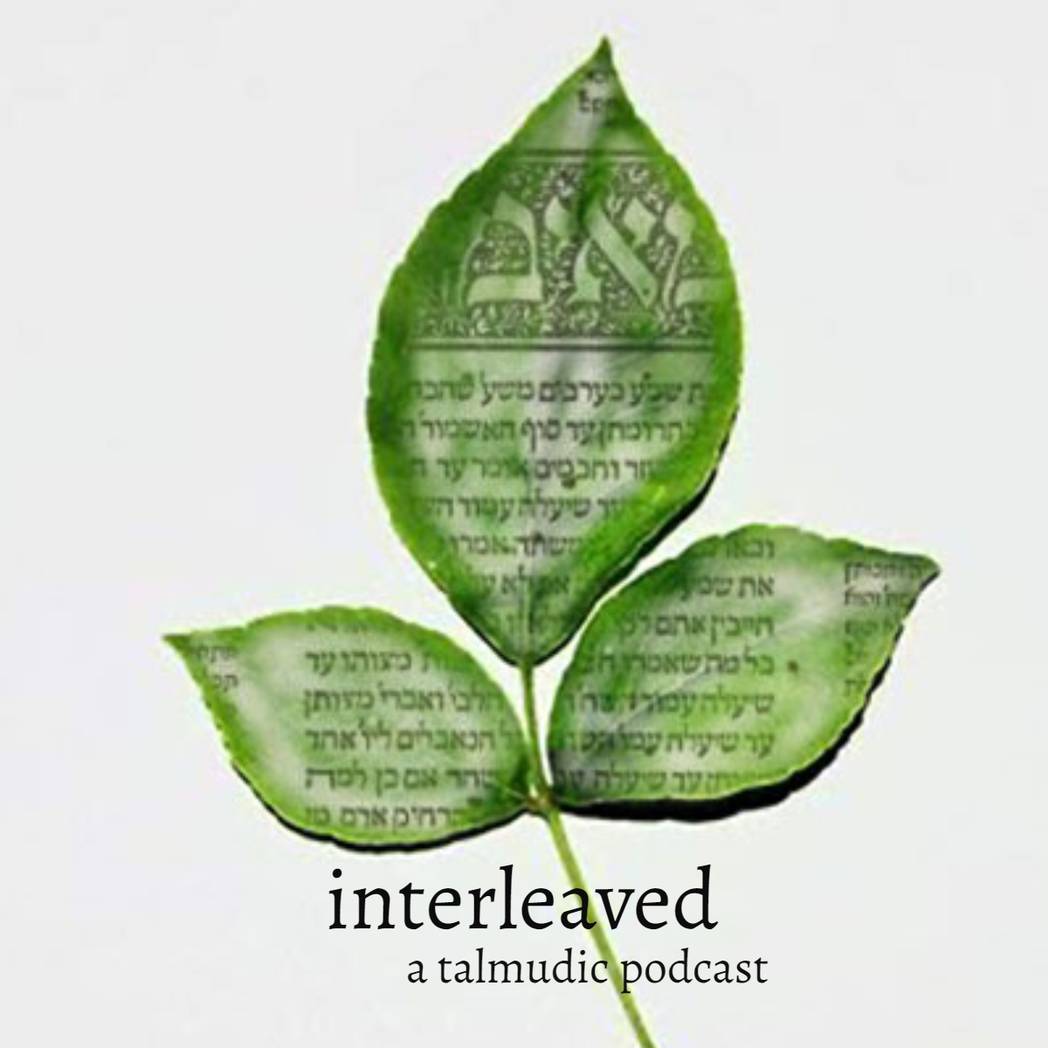
Dumped Milk, Smashed Eggs, Plowed Vegetables: Food Waste of the Pandemic
By David Yaffe-Bellany and Michael Corkery
April 11, 2020
By David Yaffe-Bellany and Michael Corkery
April 11, 2020
(ט) וּֽבְקֻצְרְכֶם֙ אֶת־קְצִ֣יר אַרְצְכֶ֔ם לֹ֧א תְכַלֶּ֛ה פְּאַ֥ת שָׂדְךָ֖ לִקְצֹ֑ר וְלֶ֥קֶט קְצִֽירְךָ֖ לֹ֥א תְלַקֵּֽט׃ (י) וְכַרְמְךָ֙ לֹ֣א תְעוֹלֵ֔ל וּפֶ֥רֶט כַּרְמְךָ֖ לֹ֣א תְלַקֵּ֑ט לֶֽעָנִ֤י וְלַגֵּר֙ תַּעֲזֹ֣ב אֹתָ֔ם אֲנִ֖י יְהוָ֥ה אֱלֹהֵיכֶֽם׃
(9) When you reap the harvest of your land, you shall not reap all the way to the edges of your field, or gather the gleanings of your harvest. (10) You shall not pick your vineyard bare, or gather the fallen fruit of your vineyard; you shall leave them for the poor and the stranger: I the LORD am your God.
מַתְנִי׳ רַבִּי אֱלִיעֶזֶר אוֹמֵר: הָאוֹרֵג שְׁלֹשָׁה חוּטִין בַּתְּחִילָּה וְאַחַת עַל הָאָרִיג — חַיָּיב. וַחֲכָמִים אוֹמְרִים: בֵּין בַּתְּחִילָּה בֵּין בַּסּוֹף — שִׁיעוּרוֹ שְׁנֵי חוּטִין. הָעוֹשֶׂה שְׁתֵּי בָתֵּי נִירִין בַּנִּירַיִם, בַּקֵּירוֹס, בַּנָּפָה, בַּכְּבָרָה וּבַסַּל — חַיָּיב. וְהַתּוֹפֵר שְׁתֵּי תְפִירוֹת, וְהַקּוֹרֵעַ עַל מְנָת לִתְפּוֹר שְׁתֵּי תְפִירוֹת.
MISHNA: Rabbi Eliezer says: One who weaves on Shabbat is liable to bring a sin-offering if he wove three threads at the beginning of something new, or if he adds one thread to a preexisting woven fabric. And the Rabbis say: Both at the beginning and at the end, its measure for liability is two threads. One who makes two meshes, i.e., ties the threads of the warp, attaching them to either the nirin or the keiros, which will be explained in the Gemara, in a winnow, sieve, or basket, is liable for making meshes. And one who sews is liable if he sews two stitches. And one who tears is liable if he tears enough fabric in order to sew two stitches to repair it.

וְהַתּוֹפֵר שְׁתֵּי תְפִירוֹת. הָא תְּנֵינָא בַּאֲבוֹת מְלָאכוֹת: וְהַתּוֹפֵר שְׁתֵּי תְפִירוֹת! מִשּׁוּם דְּקָבָעֵי לְמִיתְנָא סֵיפָא: ״וְהַקּוֹרֵעַ עַל מְנָת לִתְפּוֹר שְׁתֵּי תְפִירוֹת״, קָתָנֵי נָמֵי הַתּוֹפֵר. וְהַקּוֹרֵעַ. הָא נָמֵי תְּנֵינָא בַּאֲבוֹת מְלָאכוֹת! אֶלָּא מִשּׁוּם דְּקָבָעֵי לְמִיתְנֵי סֵיפָא, הַקּוֹרֵעַ בַּחֲמָתוֹ וְעַל מֵתוֹ, מִשּׁוּם הָכִי קָתָנֵי [הַתּוֹפֵר שְׁתֵּי תְפִירוֹת].
And we also learned in the mishna that one who sews on Shabbat is liable if he sews two stitches. The Gemara asks: We already learned that on the list of primary categories of prohibited labor: And one who sews two stitches is liable. The Gemara answers: Since the mishna wanted to teach in the latter clause: And one who tears in order to sew two stitches, it also taught the halakha of one who sews. And one who tears, did we not also learn this in the mishna enumerating the list of primary categories of prohibited labor? Since the mishna wanted to teach a new halakha in the latter clause, namely: One who tears in his anger or for his dead relative, therefore, it also taught the halakha of one who sews two stitches.
תַּנְיָא אִידַּךְ: הָאוֹרֵג שְׁנֵי חוּטִין עַל הַגַּס? וְעַל הָאִימְרָא — חַיָּיב. רַבִּי אֱלִיעֶזֶר אוֹמֵר: אֲפִילּוּ אֶחָד. וּבַשָּׂפָה, שְׁנֵי חוּטִין בְּרוֹחַב שְׁלֹשָׁה בָתֵּי נִירִין — חַיָּיב. הָא לְמָה זֶה דּוֹמֶה — לְאוֹרֵג צִלְצוֹל קָטָן שְׁנֵי חוּטִין עַל רוֹחַב שְׁלֹשָׁה בָּתֵּי נִירִין: וְהָאוֹרֵג שְׁנֵי חוּטִין עַל הַגַּס וְעַל הָאִימְרָא חַיָּיב — סְתָמָא כְּרַבָּנַן.
It was taught in another baraita: One who weaves two threads onto a large fabric or onto the border of a fabric alongside the woof on Shabbat is liable. Rabbi Eliezer says: One is liable even if he weaves one thread. And along the edge of the warp, one who weaves two threads across a width of three meshes is liable. To what is this similar? It is similar to weaving a small belt in which one weaves two threads across a width of three meshes. The Gemara comments: When it was taught in the baraita: One who weaves two threads onto a large fabric or onto the border is liable, that unattributed baraita is in accordance with the opinion of the Rabbis.
Check out Seeing Torah here



